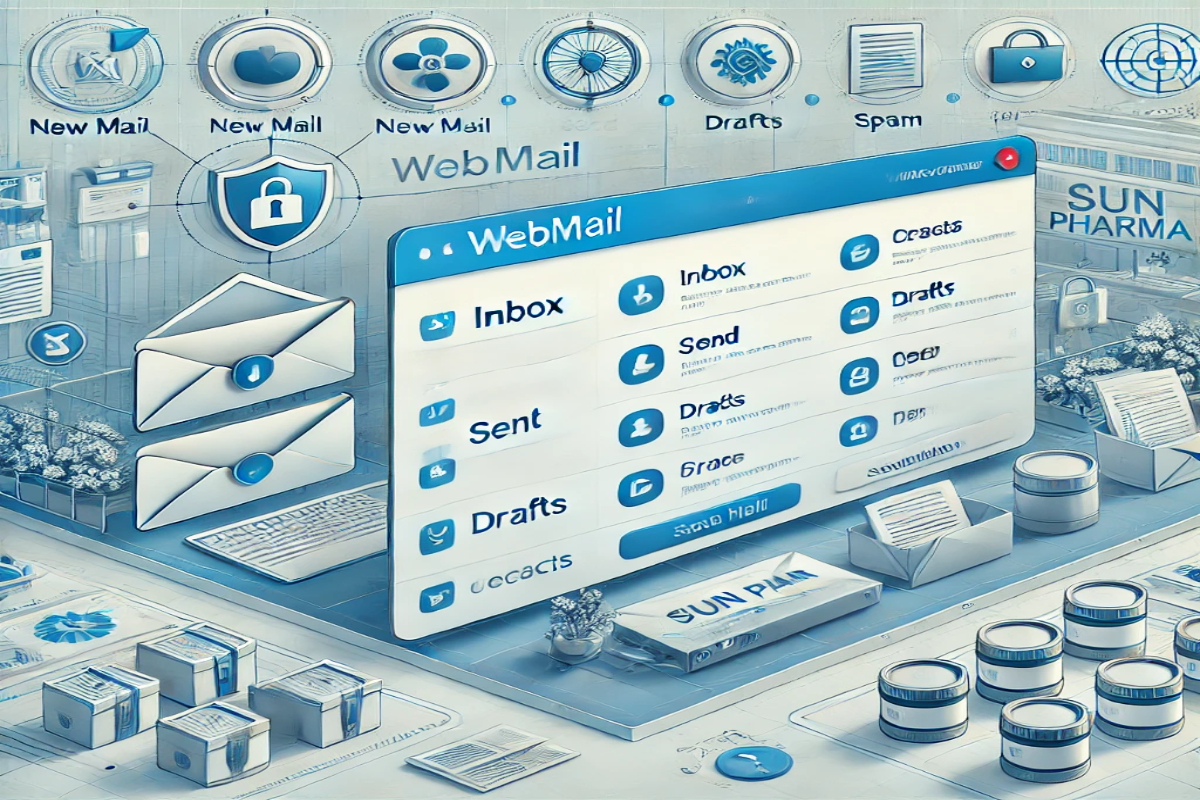A four-digit access number has been added to the New York Times (NYT) simplified system to make subscription access to premium material easier. Through the usage of this novel methodology, subscribers may quickly and easily access exclusive features, in-depth analyses, and exclusive publications without having to go through laborious login processes, thus improving the user experience.
The primary goals of this four-digit access code approach are to facilitate and expedite access to premium material, therefore reducing friction and encouraging users to interact with it more often. Through the memorization of just four numbers, NYT hopes to do away with the typical difficulties connected to forgotten passwords and convoluted login procedures. The simplicity of access is predicted to greatly raise user retention and satisfaction levels.
The four-digit access code also forms a component of NYT’s larger plan to offer a smooth online experience. Readers who use the platform on several devices will find it especially helpful since it eliminates the need to continually input long login credentials. Using this platform, NYT demonstrates its dedication to using technology to enhance the reading experience by providing easy access to excellent content.
Read More: waterwaysmagazine.co.uk
The four-digit access code program of NYT stands out as a user-centric solution that solves the typical problems with digital subscriptions in the very competitive world of digital media. It guarantees that premium material is only a few digits away and not only makes access easier but also strengthens the value of NYT subscriptions.
The Evolution of Access Methods: A Brief History
Particularly in the area of premium content subscriptions, the digital access methods landscape has changed dramatically over time. Historically, people had to memorize complicated passwords in order to access digital content, which frequently resulted in annoyance and security flaws. With the development of online presence of advanced media suppliers like The New York Times (NYT), more protected and helpful access decisions were clearly required.
For a while, accessing premium content required conventional alphanumeric passwords. Although somewhat useful, these passwords frequently got difficult to remember, which resulted in problems like forgotten credentials and a higher vulnerability to hacking. This problem forced a change to more creative access strategies that sought to combine user-friendliness with strong security features.
In this development, the adoption of the four-digit code constitutes a turning point. Realising that traditional passwords were inconvenient, the New York Times used the four-digit code system to make access to its premium content easier. Subscribers will have less cognitive work with this approach because it provides a simpler user interface. Four digit codes are simpler to learn and yet offer a degree of protection that prevents unwanted access.
The move to four-digit codes also fits with larger industry tendencies toward biometric and multi-factor authentication (MFA) systems. Not as sophisticated as biometric techniques, the four-digit code acts as a middleman to provide increased security without requiring extra equipment or laborious authentication procedures. Both tech-savvy people and those less conversant with digital technologies are catered to by this strategy.
All things considered, the development of access methods—especially the move to the four-digit code—reflects a larger attempt to improve user experience without sacrificing security. Access techniques will probably develop even further as digital platforms keep innovating, including increasingly more sophisticated technologies to satisfy user demands and the always shifting field of digital security.
How the Four-Digit Code Works
The four-digit code system of The New York Times (NYT) is intended to increase user convenience without compromising robust security. Subscribers may access premium material fast and easily with this approach. To provide readers a smooth experience, we go into the technical and practical details of how this code operates below.
Subscribers can set up four-digit codes either in their account settings or during the registration process. Consumers are prompted to provide a unique four-digit number after selecting “Security Settings.” Complementing the conventional email and password login, this code serves as a backup authentication method. The NYT suggests picking a code that is easy to remember but hard for others to figure out for extra security.
Setting up the code simplifies login. On next visits, customers will be prompted to enter their four-digit code following their email and password. This dual-layer authentication protects the account in the doubtful case that a password is stolen.
‘Remember This Device’ also speeds up the login process without sacrificing security for individuals who would rather be convenient.
Crucial are security and privacy. The four-digit codes are encrypted and kept safely in order to protect user data. To safeguard the codes as well as the related account details, NYT uses cutting edge encryption standards. The platform is kept resistant to new attacks by routine audits and security protocol upgrades.
Step-by-step setup and login instructions are provided by graphics that may be accessed directly on the NYT help page. Users that might require more help or who would rather learn the system visually will find these materials to be quite helpful.
To sum up, the NYT four-digit code method simplifies the login procedure while protecting private data. A major advance in offering a smooth and safe user experience is represented by this technology.
For accessing premium content on the New York Times (NYT), a four-digit code provides a number of strong benefits over standard passwords. Usability is one of the main advantages. Users that might ordinarily find it difficult to remember complicated alphanumeric passwords will find it easier to remember a four-digit code. Faster login times result directly from this simplicity, letting users access their desired content without having to deal with the aggravation of several unsuccessful tries.
A big bonus is also the lower chance of forgetting credentials. Complex passwords sometimes call for time- and effort-consuming password managers or memory aides. An easily remembered four-digit number, on the other hand, enhances user experience overall and lowers the possibility of account lockouts. This method also lessens the frequent need for password resets, which can be a time-consuming and frustrating process.
A four-digit code balances user ease and security when compared to alternative access systems like biometric authentication or multi-factor authentication (MFA). High security biometric techniques like fingerprint or facial recognition may not always be available or dependable. Comparably, MFA can be too complicated and time-consuming for daily use even though it is quite secure. Though less safe than more sophisticated techniques, a four-digit code offers most users a respectable degree of protection, particularly when combined with other security measures like account activity monitoring.
Finally, a workable and user-friendly substitute for conventional passwords is provided by the use of a four-digit code system to access premium material on the NYT. Many customers prefer it since it improves the user experience by offering a fast, simple-to-remember, and comparatively safe way of authenticating.
User Experiences and Feedback
Using the four numbers to commit NYT to memory has elicited a variety of user experiences and comments. The system’s simplicity and usability have won it accolades from many subscribers. Longtime reader James, for example, said, “I was first dubious about learning a four-digit code, but it turned out to be really simple. Entering takes a few seconds, and ever since the system was launched, I’ve had no trouble getting the premium stuff.”
But some members have had difficulties. Maria, a sporadic reader, said, “It was annoying that I kept forgetting the code a few times even if the four-digit code method appears practical. Reading was interrupted by the multiple resets I had to do.” Others share this opinion and believe that the system might profit from an other option for people who have trouble memorizing.
Though there have been some complaints, largely the response is positive. Seventy percent of respondents to a recent NYT poll said they had a good experience using the four-digit code system. Among the responders, a significant number highlighted its effectiveness over earlier, deemed to be inconvenient login procedures. “The four-digit code changes everything,” one user said. My whole reading experience is improved, and it’s far faster than typing my whole credentials every time.”
A further factor in ongoing development has been constructive criticism. User recommendations led the NYT to think about adding more functionality, such customized code reminders and biometric login choices. The newspaper demonstrates with this proactive approach its commitment to enhancing the user experience and ensuring that subscribers have easy access to premium content.
Security Measures and Concerns
Using a four-digit number to access premium material on the New York Times (NYT) begs serious concerns about the security protocols in place. All the same, this strategy is meant to give users an easy and effective way to get premium material. It also takes strong security precautions to protect user data from any threats.
The chance of coding guessing is one main worry. Given the limited number of possibilities—10,000—a determined attacker may try to guess the code by brute force techniques. New York Times uses a number of security protocols to reduce this danger. Initially, the system is made to quickly identify and reject multiple wrong attempts, therefore preventing brute force attacks.
Including two-factor authentication (2FA) will increase security even more. Which asks users to confirm their identity by a secondary means, such an email or text message.
Though there are differing but generally favorable expert views on the security of the four-digit code method. As to cybersecurity expert Dr. Laura Smith, “the combination of encryption, monitoring. Its two-factor authentication significantly reduces the risks associated with using four-digit codes.” “While no system is entirely foolproof.” Additionally stressing the value of user education, Dr. Smith advises consumers to select obscure passwords and to be alert to phishing attempts that could jeopardize their security.
Troubleshooting Common Issues
Sometimes users run across problems when trying to memorize the four numbers to access premium material on the New York Times (NYT). This part addresses and guides common problems include logging in, configuring the code, and handling forgotten codes. Users may effectively fix problems and keep using their premium access by doing these actions.
Setting Up the Code
Proceed as follows to set up your four-digit code:
1. Log in to your NYT account.
2. Navigate to the account settings page.
3. Select the option to create a four-digit code.
4. Enter your desired code and confirm it.
Make sure you are utilizing a reliable internet connection if you run across problems during this process. And then try again after clearing the cookies and cache of your browser. For more help with ongoing issues, get in touch with NYT help.
Logging In
Correct entry of your four-digit code is necessary for login. Verify that you have typed the right digits if you run into a mistake. Try the following if problems persist:
1. Check the stability of your internet connection.
2. Clean the cookies and cache of your browser.
3. Verify the version of your browser.
Should these actions fail to fix the problem, get further assistance from NYT support.
Dealing with Forgotten Codes
Although it can be infuriating, forgetting your four-digit code is a typical problem with a simple solution. Continue with these instructions to reset your code:
1. Go to the NYT login page.
2. Click on the “Forgot Code” link.
3. Follow the prompts to verify your identity.
4. Create a new four-digit code.
If you run into any problems during this procedure, get help from NYT support.
In case you need further help with any issues, you can contact NYT support through their official website. They offer various methods, including live chat, email, and phone support, to ensure you receive the necessary assistance promptly.
Future of Access Control in Digital Media
Access control techniques should becoming more advanced as long as digital media does. Trends of late point to a move toward more customized, user-friendly, and safe access techniques. In this sense, the New York Times (NYT) and other leading media outlets will most likely embrace cutting-edge technology to enhance user experience and security.
The move from conventional password systems to more cutting edge techniques like multi-factor and biometric identification is already in progress. These developments should simplify user experience while increasing difficulty of illegal access.
Machine learning and artificial intelligence (AI) being included into access control systems is one prominent development. Using AI to examine user activity and spot anomalies facilitates the real-time identification of possible security risks.
An AI-driven system might, for example, identify odd login patterns and request further verification procedures, therefore enhancing security. The New York Times might protect premium content with these technologies and restrict access to just authorized users.




